Coccydynia
Coccydynia refers to pain in the coccyx, or tailbone. This condition can develop suddenly after an injury or gradually over time.
What causes Coccydynia?
Common causes include:
- Trauma or falls—bruising, fracture, or misalignment of the tailbone
- Pregnancy or childbirth—stretching or weakening of supporting ligaments, sometimes causing coccyx instability
- Repetitive strain—from activities like cycling, rowing, or horseback riding
- Prolonged sitting—especially on hard surfaces or with less natural padding
- Other factors—nerve irritation, joint inflammation, or weakness in surrounding structures
Symptoms of Coccydynia
Common symptoms include:
- Localized aching, stabbing, or burning pain in the tailbone
- Pain that worsens with sitting or rising from a chair
- Pain during bowel movements
- Pain during sex
- Pelvic floor muscle spasms
- Reduced mobility and quality of life
Nonsurgical Treatment for Coccydynia
For many patients, initial relief strategies include donut or wedge-shaped cushions, heat and ice therapy, Epsom salt baths, chiropractic care, topical pain creams, or stool softeners. While these measures may help, coccydynia often persists—and if not properly addressed, it can become a chronic and debilitating condition.
Dr. Aufiero offers a comprehensive range of nonsurgical treatments tailored to the specific cause of pain. During her residency in Physical Medicine & Rehabilitation, she trained under Dr. Patrick Foye, a leading pioneer in the field of coccydynia. This early exposure highlighted the significant impact of tailbone pain on patients’ lives and inspired her commitment to advancing care for this condition.
The Orthohealing Center’s treatment options include:
- Ultrasound-guided nerve blocks—targeting coccygeal nerves, the ganglion impar, or perineural structures
- Platelet lysate injections—to calm irritated nerves or inflamed sacrococcygeal joints
- Platelet-rich plasma (PRP) or prolotherapy ligament injections—to improve stability and alignment
- Platelet-rich plasma (PRP) or bone marrow concentrate (BMC) for fractures or bone inflammation
- often combined with a noninvasive bone stimulator to enhance healing
- Therapeutic Botox—to relieve pelvic floor muscle tension when indicated
- Osteopathic care referrals to support coccygeal alignment and biomechanics
- Noninvasive modalities such as focal and radial shockwave, Electromagnetic Transduction Therapy (EMTT®), and laser therapy
Visit Orthohealing Center Today!
If you’re navigating this transition and noticing changes in how your body moves or feels, we’re here to help with personalized care that respects your biology and your lifestyle. Book a consultation to receive an accurate diagnosis and learn how Orthohealing Center can support your musculoskeletal health and healing journey!
https://www.orthohealing.com/
Related articles:
- https://pmc.ncbi.nlm.nih.gov/articles/PMC7511685/
- https://pmc.ncbi.nlm.nih.gov/articles/PMC10553196/
- https://www.ftrdergisi.com/uploads/pdf/pdf_4429.pdf
- https://journals.plos.org/plosone/article?id=10.1371/journal.pone.0142475
- https://jsocmed.org/index.php/go/article/view/61
- https://pubmed.ncbi.nlm.nih.gov/18453654/
- https://www.researchgate.net/publication/390726763_Prolotherapy_in_Chronic_Coccydynia
- https://www.orthopedicsjournal.in/archives/2025/vol7issue1/PartB/7-1-22-608.pdf
Related Case Studies with PRP:

